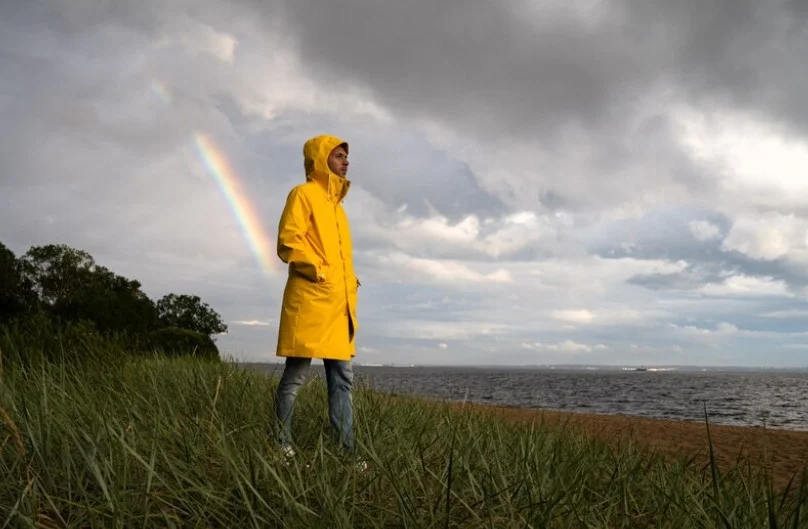
Weather forecasts are a necessity that impacts all weather-related activities

Weather forecasts are a necessity that impacts all weather-related activities. Weather predictions are important in decision-making, and they range from planning events such as events in the outdoors, farming, cropping activities, emergencies, and all forms of transport via air and water.
Will weather forecasting work as expected? How do meteorologists develop their predictions? This article will aim to explain the science of meteorology, the history of weather forecasting and the reasons why it is crucial, how it has evolved before modern gadgets were developed, and lastly, we will also see some of the setbacks that come with it.
The Evolution of Weather Forecasting
The concept of predicting the weather has been introduced previously. Humans have tried to anticipate weather conditions for centuries using observations of the sky, stars, and wind patterns. Ancient civilizations, such as the Babylonians, Egyptians, and Greeks, relied on these methods, but they were far from accurate by today's standards.
vcweather.org is a leading source providing the most up-to-date weather information tailored to your needs and preferences.
How Weather Forecasting Works
Weather forecasting involves collecting data from multiple sources to predict future atmospheric conditions. The process consists of four main stages:
-
Data Collection: Weather data is collected from various sources, including ground stations, ocean buoys, weather balloons, aircraft, and satellites. These sources provide real-time information about temperature, humidity, air pressure, wind speed and direction, and precipitation levels.
-
Data Analysis: Once the data is collected, it is analyzed using complex mathematical models. These models simulate the behavior of the atmosphere based on the collected data. Different weather forecasting models are used, such as the Global Forecast System (GFS) and the European Centre for Medium-Range Weather Forecasts (ECMWF), which provide slightly different predictions based on the same data sets.
-
Prediction Models: Meteorologists input the collected data into numerical weather prediction (NWP) models. These models use mathematical equations that represent atmospheric processes to predict how the current state of the atmosphere will evolve. Because the atmosphere is so complex, different models may be used for short-term, medium-term, and long-term forecasts.
-
Interpretation and Communication: The results of these models are interpreted by meteorologists, who use their expertise to adjust and refine the predictions. This step is critical because even the best models can sometimes produce inaccurate forecasts without human oversight. The final forecasts are then communicated to the public through weather apps, news stations, websites, and more.
Types of Weather Forecasting
There are several types of weather forecasting based on their time frame and accuracy:
-
Nowcasting: This is short-term weather forecasting, usually covering a period of up to six hours. Nowcasting is highly detailed and relies on real-time radars and weather station data to predict localized weather events, such as thunderstorms or flash floods.
-
Short-Range Forecasting: This type of forecast covers up to 48 hours and provides information about general weather conditions like temperature, cloud cover, and precipitation. It is widely used for daily weather reports and has high accuracy.
-
Medium-Range Forecasting: Covering a period of 3 to 10 days, medium-range forecasting uses more complex models and is less accurate than short-range forecasts. However, it is still useful for planning events or understanding upcoming weather trends.
-
Long-Range Forecasting: Long-range forecasts, also known as seasonal forecasts, predict weather conditions for weeks or months. These forecasts are generally less reliable because of the many variables involved. However, they are useful for sectors like agriculture, which depend on understanding seasonal weather trends.
Limitations of Weather Forecasting
Despite technological advancements and methodology, weather forecasting still has limitations. Some of these include:
-
Inherent Uncertainty: Weather is chaotic and highly variable, meaning that small changes in one part of the atmosphere can lead to significant differences in outcomes. This is known as the butterfly effect, and it limits the accuracy of long-range weather forecasts.
-
Model Errors: Although weather prediction models are highly sophisticated, they can sometimes fail to capture certain atmospheric processes. This is especially true in regions with complex geography, such as mountains, where weather conditions can change rapidly.
-
Data Gaps: While thousands of weather stations and satellites provide real-time data, there are still areas (especially over oceans or remote regions) where data collection is sparse. These gaps can lead to inaccuracies in weather models.
The Future of Weather Forecasting
With advancements in technology, weather forecasting looks to improve even further. The use of artificial intelligence and machine learning in weather prediction is beginning to improve the ability of models to simulate atmospheric processes and help process larger datasets more efficiently. Better satellite technology and improved global data networks will also reduce data gaps and increase forecast accuracy.
Weather forecasting will continue to evolve, and as our understanding of the atmosphere improves, so will the ability to predict weather patterns with greater precision.
Conclusion
Forecasting the weather involves combining observations, mathematics, and advanced technology. In addition to agriculture, aviation, and emergency preparedness, accurate forecasts affect daily life. As technology and science advance, weather forecasting continues to improve, despite its limitations. We can appreciate the complexity of predicting one of nature's most dynamic forces by understanding how weather forecasts work.
Related Courses and Certification
Also Online IT Certification Courses & Online Technical Certificate Programs

